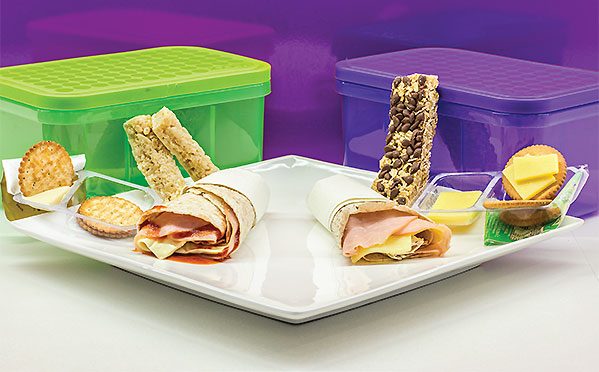
Incorporating Health Star Rating into NSW nutrition standards
Project’s background and aims
Poor diet is one of the top contributors to obesity and chronic diseases such as diabetes and heart disease in Australia and globally. There is an urgent need to improve the food environment to enable consumers to make healthier food choices.
Over the past decade, the state government of New South Wales (NSW) has developed a series of nutrition standards aimed at increasing healthy product procured by food service outlets in schools, workplaces, and health facilities (e.g. canteens and cafes). The existing nutrition standards utilised traffic light-based classification, i.e. red products should be avoided, amber are foods to enjoy occasionally and green are the ones we should eat more of. Prior research suggest that food catering staff often have trouble adhering to the traffic-light based criteria. Recently, the Australian federal government has endorsed the Health Star Rating scheme – a front of pack labelling system which ranks the healthiness of packaged foods, which is to be voluntarily introduced by the food industry over the next few years. Given these recent developments, the George Institute for Global Health was asked to review how the HSR align with the 2013 Australian Dietary Guidelines, and the existing traffic-light based nutrition standards, by the NSW Ministry of Health in a bid to consider how HSR may be incorporated into new nutrition standards in NSW.
Results
Approximately 11,500 products were analysed across 30 food categories (53% core foods such as breads, milk, and fruits, and 47% discretionary foods such as cakes, snack bars, and energy drinks). Based on this analysis, the HSR aligned well with the ADG – the mean HSR were ~3.7 and ~1.9 for core vs. discretionary food, respectively. Two existing traffic light-based nutrition standards were assessed – the Fresh Taste @ School Healthy School canteen Strategy, and the Live Life Well @ Health (applies to NSW Health facilities). Our analysis indicated that products classified as green by the existing traffic light based standards on average received a HSR ≥ 3.5, whereas amber and red products had significantly lower average HSR. The result of this investigation suggested that healthy core foods with a HSR of more than 3.5 stars can be confidently promoted in public settings as healthier choices.
Collaboration
Utilising these findings, the George Institute is consulting with the NSW Ministry of Health and other stakeholders to update nutrition standards to guide food procurement policies in NSW, and identifying possible ways to incorporate HSR into the revised guidelines.
Impact and expected health benefits
Through its impact on food procurement guidelines, this translational research will have a direct impact on encouraging healthier food choices by large number of consumers in NSW.

